

Knowing how to clean a chimney is vital to keep your home and its occupants safe. A fire is a wonderful focal point for a room, as well as keeping you warm and cozy when the weather turns cold, but using your fireplace means the chimney needs regular cleaning and maintenance.
But you might be wondering how often cleaning a chimney is necessary, and how you can tell when the job needs doing urgently. And perhaps you’re asking whether it’s a job you can do yourself, or if you need to call in a pro. Whatever your question, we’re here with the answers.
This is the lowdown on cleaning a chimney so you make sure yours is both safe and efficient as part of your fireplace ideas, along with top tips from the experts.
How to clean a chimney
Cleaning a chimney should be a regular job if you have a fireplace, but you might be wondering why it’s so important. The answer is that the fumes from a fire pass up the flue, which is contained within the chimney.
These flue gases are potentially deadly and it is important to remember that any form of combustion may result in carbon monoxide, an insidious gas that has no smell. In addition, poorly maintained chimneys can lead to house fires.
While we’re talking safety be aware that it’s also vital to repair a chimney if it’s been neglected.
Is it safe to clean your own chimney?
Asking how to clean a chimney because you want to DIY? You should call in a pro to do the job. ‘From inside the fireplace, the person performing the flue cleaning is exposed to hazardous materials,’ explains Gian Moore, partner at Mellowpine.
Note that a chimney can be swept from the bottom with the above issues, or the top, which entails working at roof height and has its own safety concerns.
Check the credentials of the professional before going ahead. ‘Make sure they are licensed and insured,’ says Andre Kazimierski, CEO, Improovy.
In the UK chimneys should always be swept by a professional chimney sweep, and you can find one locally via HETAS or NACS (the National Association of Chimney Sweeps).
How often should a chimney be cleaned?
Aim to clean your chimney at least once a year. However, if fires are lit regularly it should be done more often.
Remember that a fire should burn well with smoke and fumes carried away via the flue. A professional can also advise on potential problems.
How can I tell if my chimney needs cleaning?
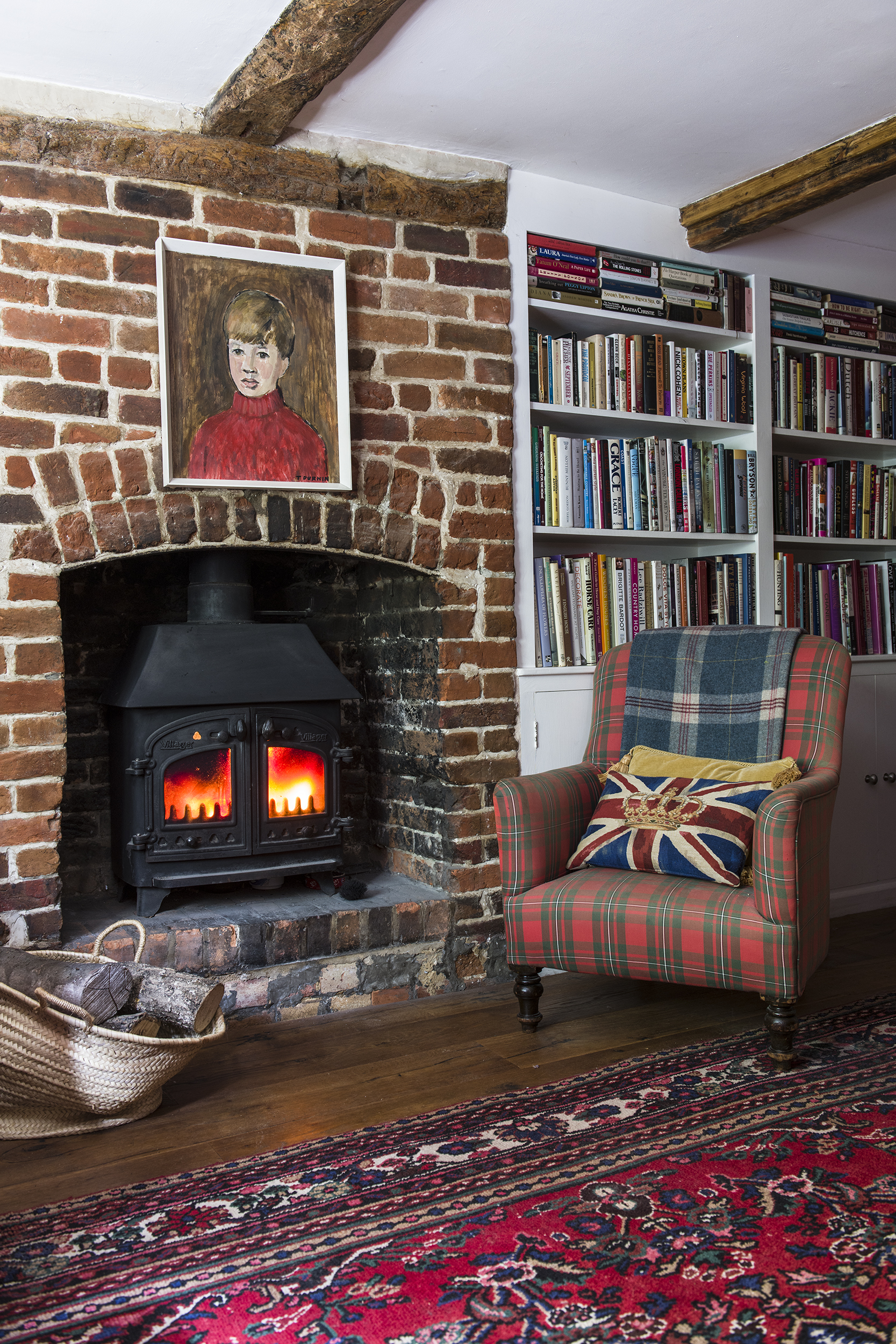
Our advice is to call in a professional, and get the job done annually at least, but what are the signs that should indicate that cleaning a chimney is urgent?
1. Use your nose! Cleaning is necessary if your fireplace smells like a campfire, says Gian Moore. ‘You detect the smell of burned wood coming from the fireplace even when it isn’t lit,’ she says.
2. Smoky fires are a warning sign. There are several reasons why smoke may gush back into the room instead of rising up the flue. A lack of air is the most common cause. Open fires need at least six changes of air in the room per hour to burn well.
To check if poor air starvation is the problem, try opening a door or window – if the smoke clears then the solution is to boost air supply, for example by installing vents or underfloor ducts. Smoky fires can also be caused by chimneys getting blocked by debris or nests, hence the importance of regular cleaning.
Smoke can sometimes be blown back down by downdrafts where a chimney is too short or overshadowed by surrounding high buildings, trees or hills. Short stacks can be built up or extended by fitting special cowls or pot extenders.
3. Have fires begun to burn oddly? ‘When you light a fire in your fireplace, it just doesn’t burn as well as it once did,’ says Gian.
Where a fire struggles to burn, it may be choking on exhaust gases that are not fully dispersed. This may be due to a poor airflow or because of a downdraft. Problems with indoor air supply are common in houses where drafts have been totally sealed up so there’s just not enough air being sucked into the fireplace. The solutions are the same as those for smoky fires.
4. Smoke and fumes leaking into other rooms? Air leaks through defective brick joints can allow toxic smoke and fumes to seep into rooms. Leaks can be traced using smoke pellets. If possible, temporarily seal the top of the flue, although scaffolding will generally be required for access. Light the pellet in the hearth and then examine the entire length of the chimney, including the attic, for smoke leaking out through the masonry. The solution is to have the flue professionally lined.
5. A chimney fire is an urgent warning. Over time, excessive soot and tar can build up on ledges inside a flue, eventually igniting.
6. Birds entering the house mean the chimney needs attention. Unprotected chimney pots can allow bird access and nesting. Twigs in the hearth from a bird’s nest can cause problems. The solution is to fit a special protective bird guard.
7. Plaster, brick, stone or soot debris coming down the chimney should prompt you to have the chimney cleaned.
8. Damp patches or staining appearing on fireplace walls are also a sign the job needs doing.
Chimney maintenance checklist
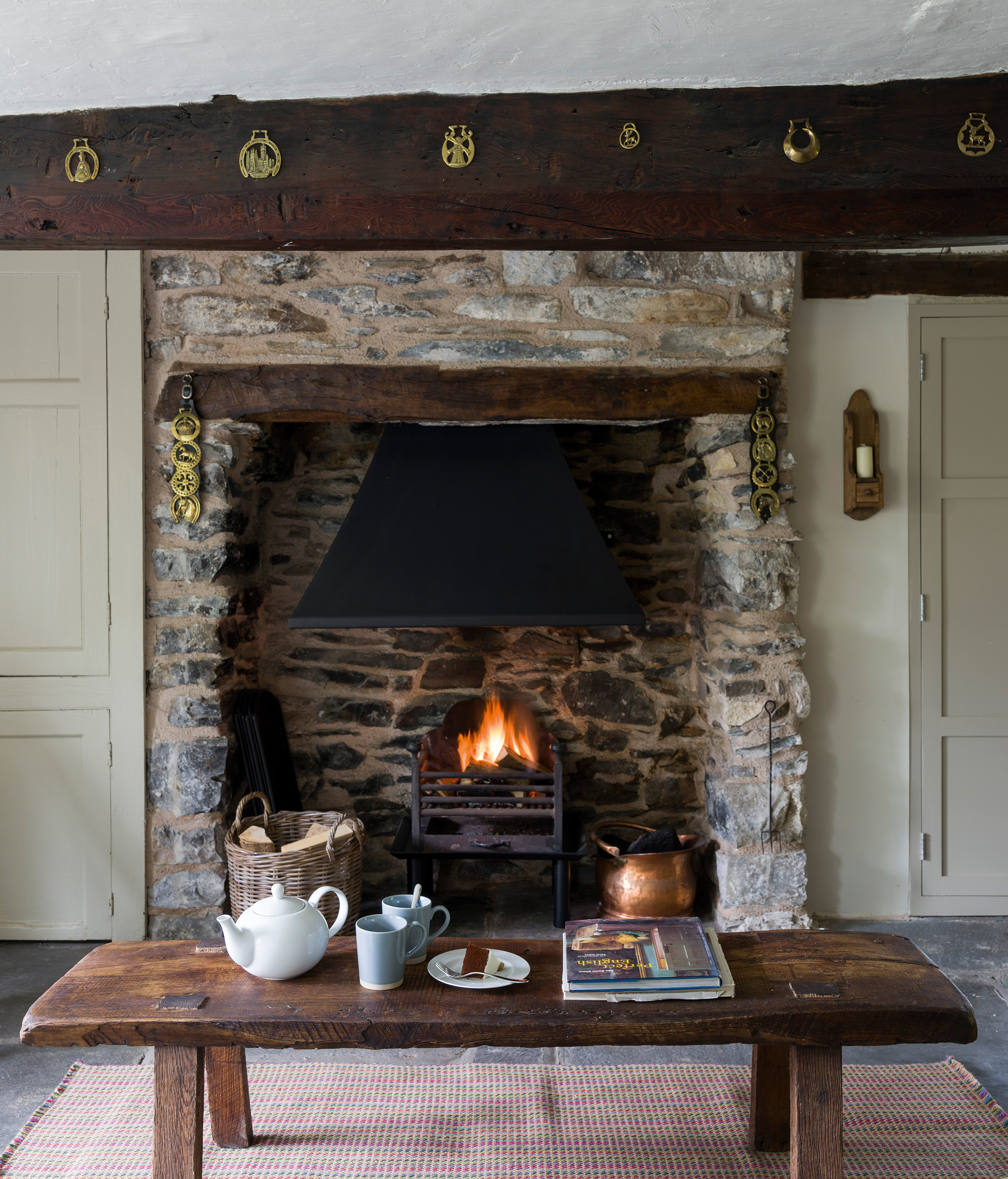
Keep up with chimney maintenance as well as being savvy about how to clean a chimney with our checklist.
- Have chimneys cleaned regularly by an experienced professional.
- Ensure the chimney is safe and in good working order when first used.
- Check carbon monoxide and smoke alarms frequently. Fit both if they are not already installed.
- Take corrosion into consideration: chimneys are affected by erosion from the inside due to the corrosive effect of flue gases.
- Always burn dry, well-seasoned wood, otherwise tar deposits might collect within the flue.
- Check for debris falling down a chimney, including mortar and bricks. Ask your pro whether there is any evidence of this when they are working.
- Test for leaks: with any chimney, but especially one that has not been used for some time, it is worth testing it for leaks using a smoke pellet, as above. Where problems are suspected specialists can survey chimneys internally with a camera and it may be necessary to have the chimney lined.
- In the attic check for dampness around the chimney stack.
- Regularly clean the fireplace, clearing ash and debris from the grates.
- Fill any cracks and gaps that appear in the fireback and surround.
- Inspect chimneys externally as they take the full force of the weather. Look for loose chimney pots, eroded mortar on the stack and defective flashing where chimney and roof meet. To make repairs, employ experienced professionals.
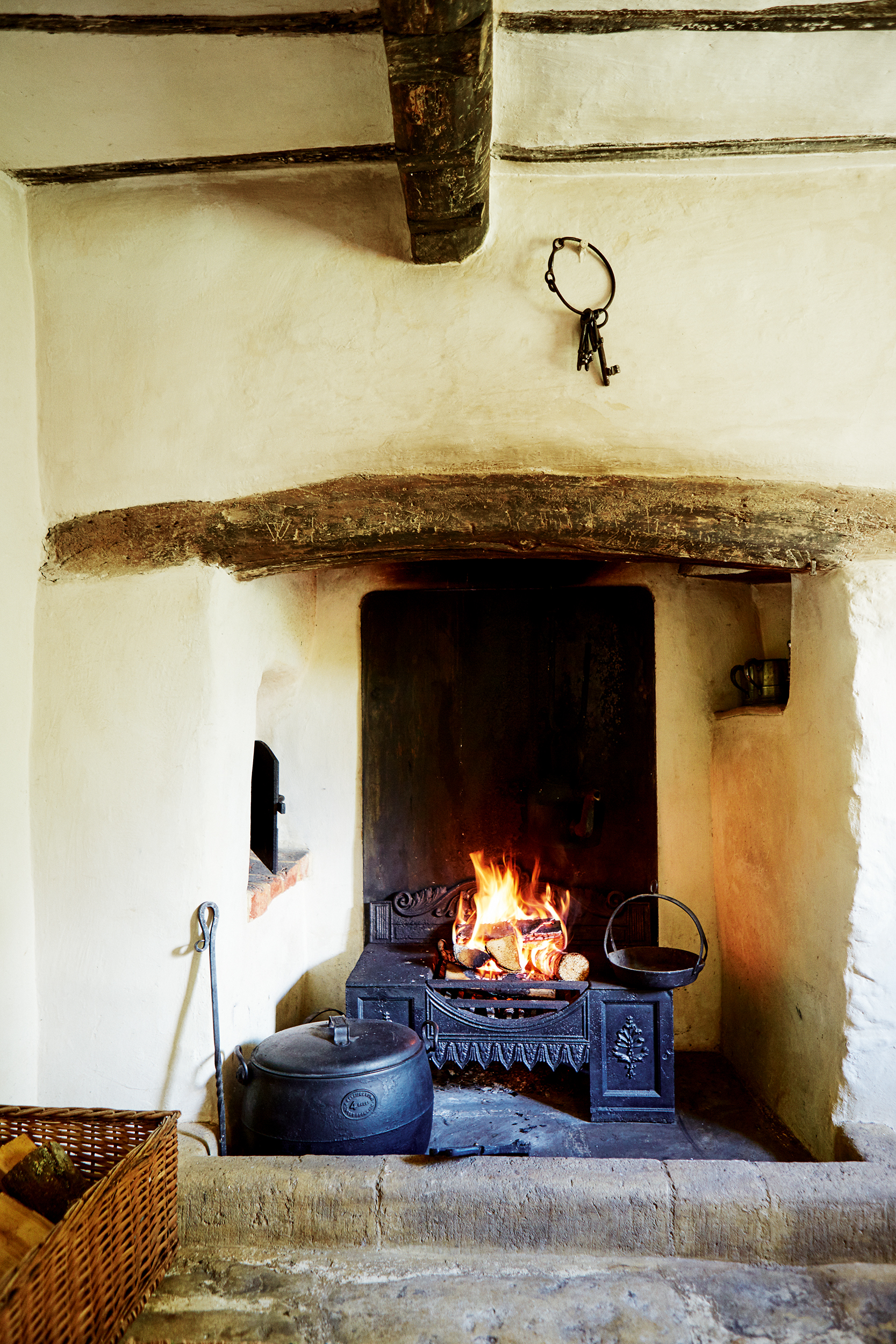
Installing flue liners
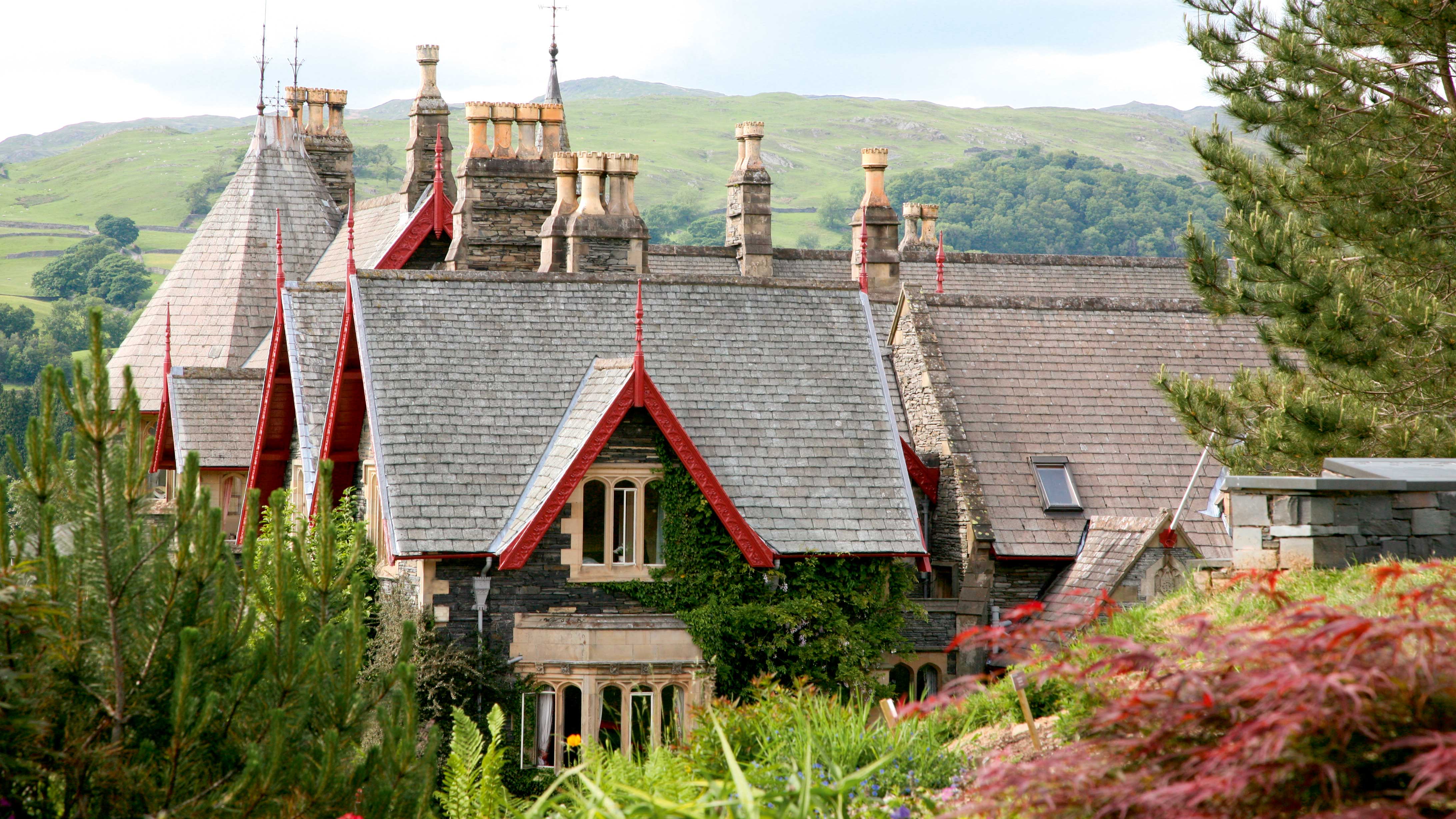
It’s essential that old flues are correctly lined, to prevent dangerous leaks developing. Flexible single-skinned stainless-steel liners are widely used for gas fires, and for oil and gas-fired boilers. Hardier double-skinned versions are required for solid fuels and for the best stoves.
Stove flues need to be properly insulated as they generate extreme heat. Liners are usually installed by being pulled down the old flue by an attached rope, with the space around the liner then back-filled with loose insulation to prevent condensation.
Join our newsletter
Get small space home decor ideas, celeb inspiration, DIY tips and more, straight to your inbox!
-
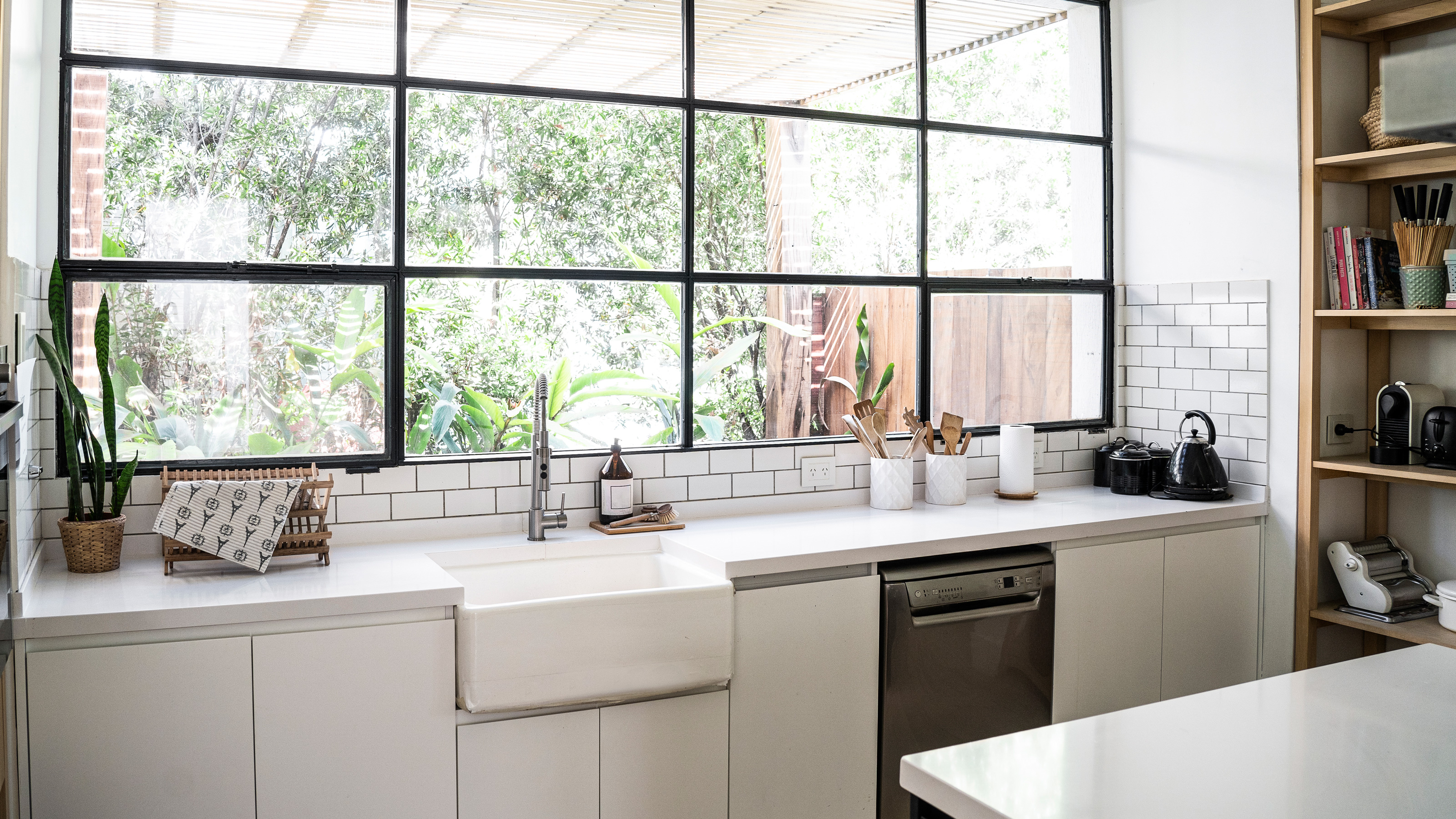 The one sink blockage you shouldn't deal with yourself according to plumbers
The one sink blockage you shouldn't deal with yourself according to plumbersKitchen sink blocked again? This is the most likely culprit, according to plumbers. And you should call in a pro to fix it...
By Anna Cottrell
-
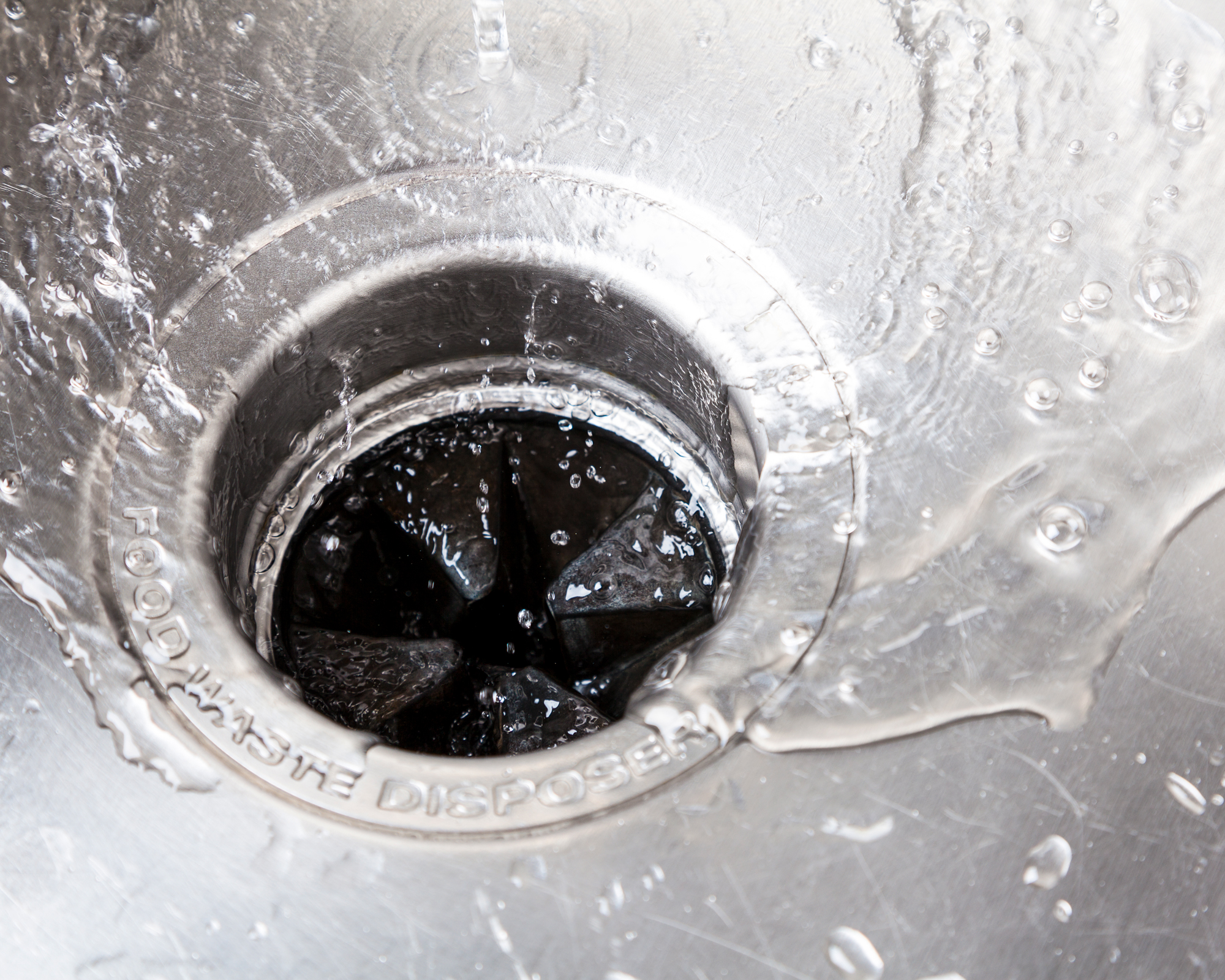 How to fix a garbage disposal – 5 common problems and the best solutions
How to fix a garbage disposal – 5 common problems and the best solutionsSee how to fix a garbage disposal that is humming or simply not working as it should. These are the 5 most common problems and fast solutions.
By Sarah Warwick
-
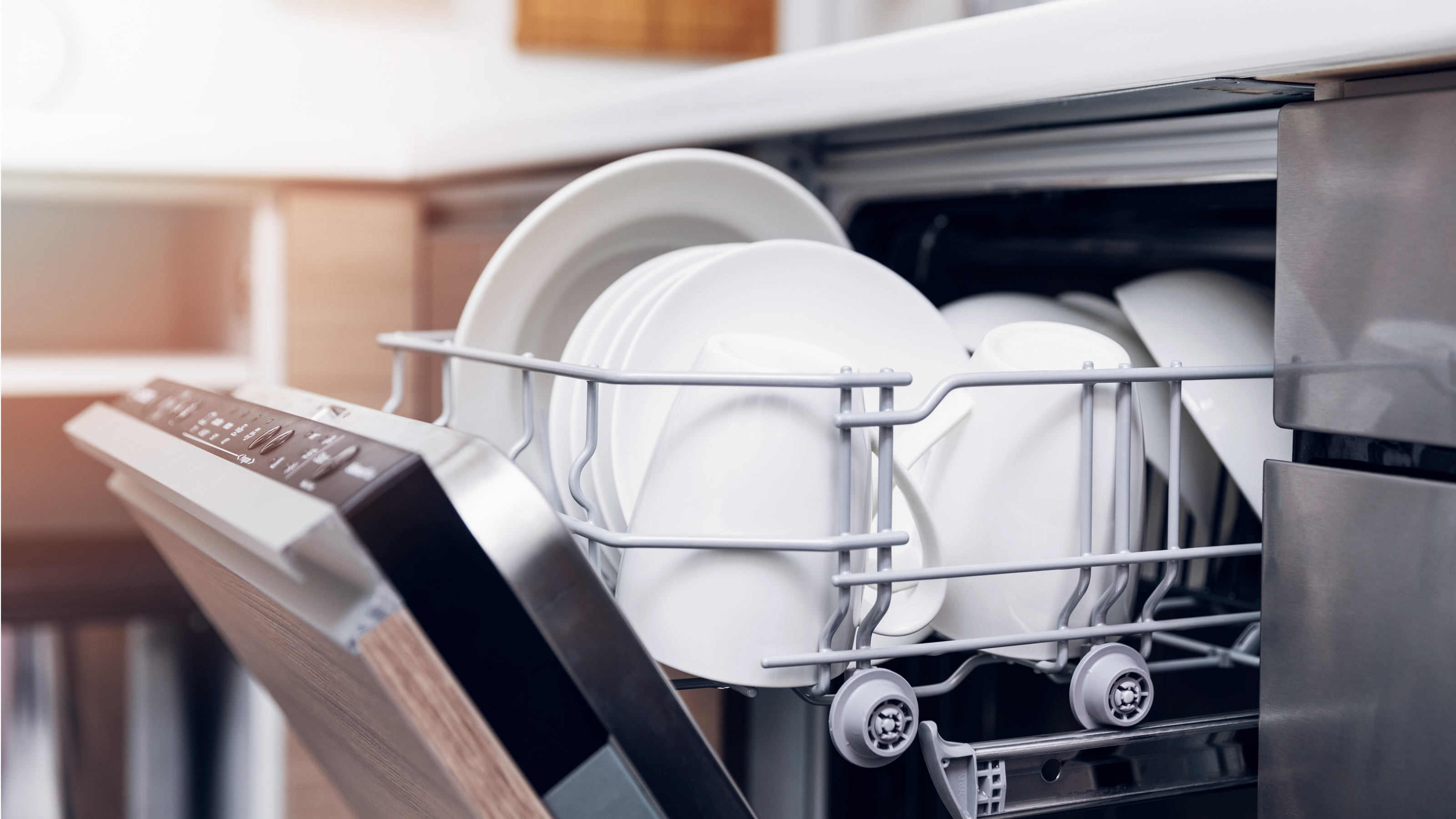 Dishwasher not draining? 5 steps to fix it
Dishwasher not draining? 5 steps to fix itFollow professional advice on how to fix a dishwasher that's not draining, without damaging your machine. Get rid of standing water and unclog your appliance quickly.
By Anna Cottrell
-
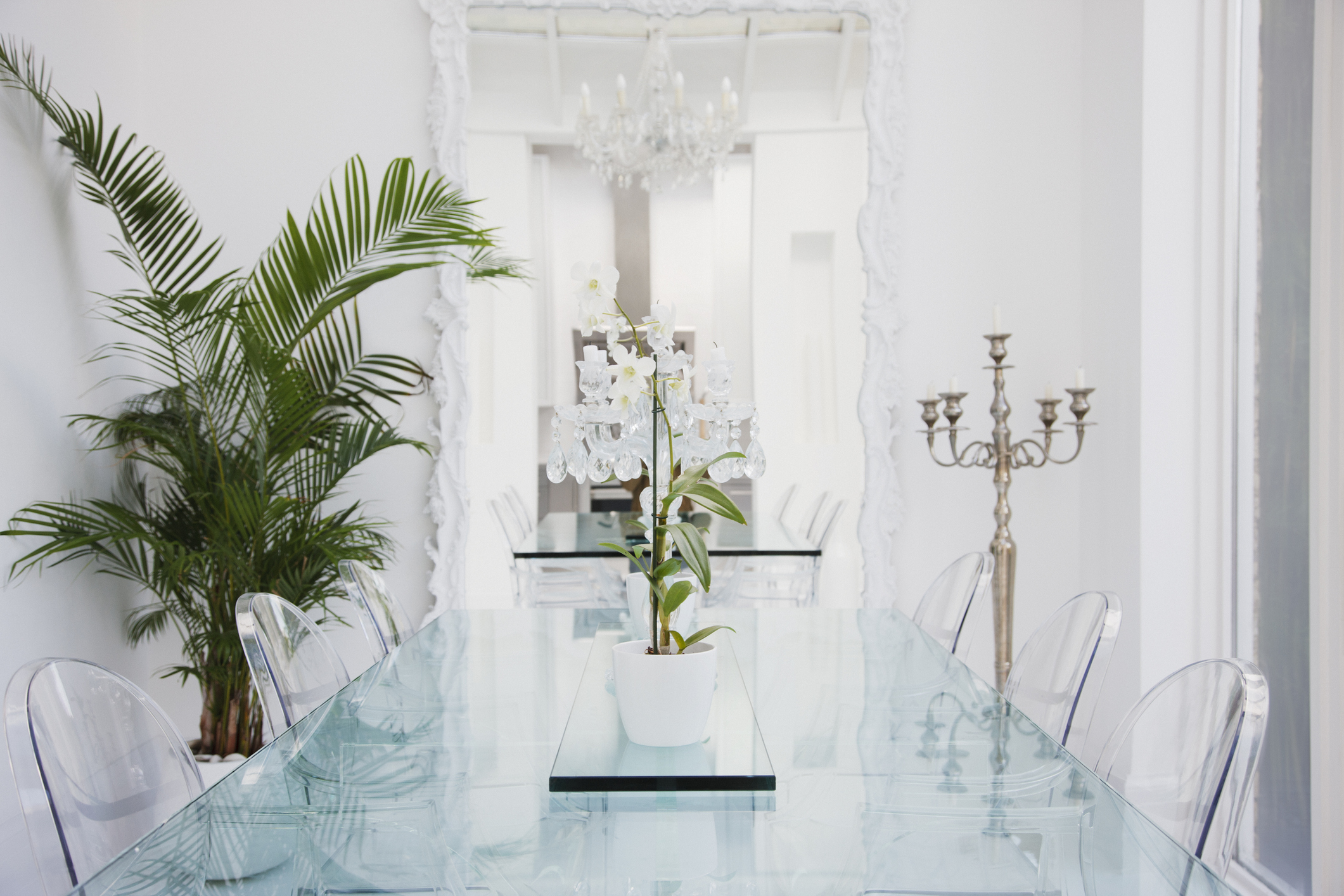 How to polish and remove scratches from glass with toothpaste, baking soda and more
How to polish and remove scratches from glass with toothpaste, baking soda and moreYou can remove scratches from glass using toothpaste, baking soda and even nail polish. Clean up glass dining tables, shower doors, reading glasses and more with our guide
By Camille Dubuis-Welch
-
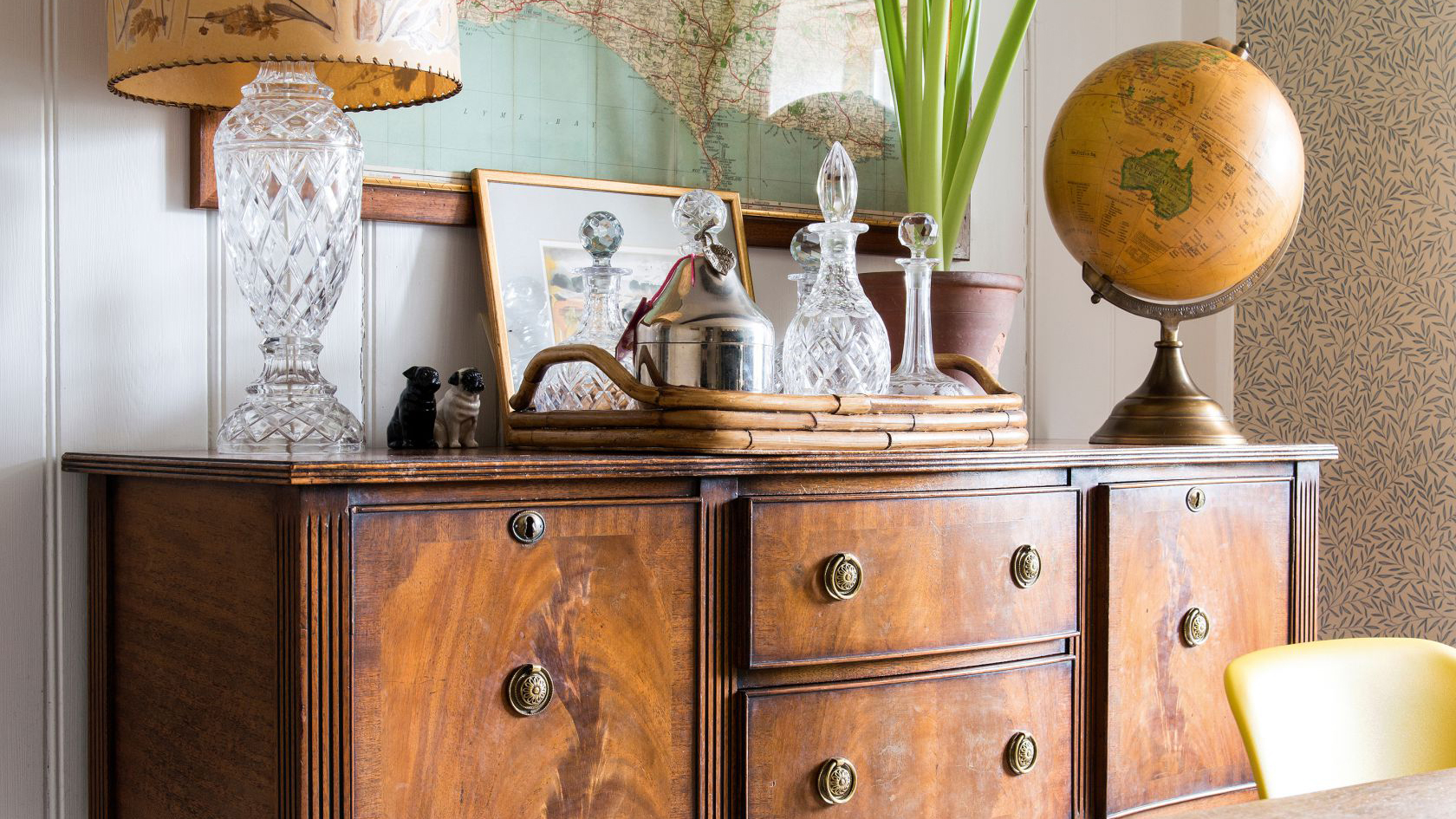 How to restore wood furniture: clean, repair and refinish
How to restore wood furniture: clean, repair and refinishIf you're looking to restore old wooden furniture and allow the patina of the timber to shine out again, you'll need these step-by-step instructions from DIY expert Helaine Clare
By Helaine Clare